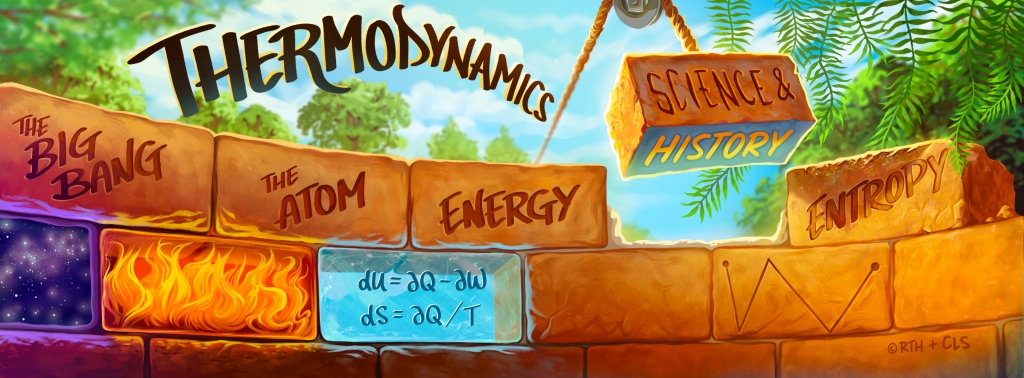It’s tempting to romanticize the image of 28-year-old Sadi Carnot, deep in thought in his candle-lit Parisian apartment, crafting the pamphlet that would pioneer thermodynamics. However, it’s crucial not to oversimplify his achievements by assuming he developed his ideas in isolation. Understanding the context is vital to appreciating the full significance of Carnot’s work.
Standing on the shoulders of giants
Just as neither Galileo nor Newton created his respective masterpiece in a vacuum, neither did Carnot. Yes, these three worked alone and perhaps achieved critical creative breakthroughs by sitting in solitude and thinking quietly, but each also had influences. As revealed in his famed pamphlet Reflections on the Motive Power of Fire (1824), Carnot was very well read in the contemporary literature of physics and engineering and so constructed his idealized engine based on the theories commonly accepted at that time. Furthermore, he had two strong technical mentors, namely his father, Lazare, and Nicolas Clément.
Lazare Carnot (1753-1823)
Before rising to fame as a military commander and statesman under Napoleon, Lazare Carnot applied his expertise in mathematics and engineering to the study of machines, publishing his work in 1784. His efforts to develop a universal science of machines, particularly focusing on the water wheel, influenced Sadi. Sadi aimed to formulate a general theory of heat engines by stripping them down to their fundamental principles, much like Lazare did with mechanical machines. Sadi drew an analogy between the water wheel and heat engines, hypothesizing that just as the wheel’s power depends on the water’s distance of fall, so the power of a heat engine depends on the temperature’s distance of fall (Thot minus Tcold). Although this assumption was later corrected to [(Thot – Tcold)/Thot], it importantly highlighted temperature as a key factor in heat engine efficiency.
Nicolas Clément (1779-1841)
Nicolas Clément, an industrialist and chemist turned professor, was developing a theory of heat engines through experimental studies when Sadi Carnot began exploring the subject. Clément, who also sought to determine the maximum work achievable from a steam engine per unit of fuel, greatly influenced Carnot. His evening chemistry lectures for working men, which Sadi attended and through which they developed a working friendship, and his 1819 publication with father-in-law Charles-Bernard Desormes on steam engine theory, helped shape Carnot’s approach, particularly impacting concepts like the adiabatic expansion of steam in a cylinder
In the end, though, it was Sadi Carnot alone who wrote “Reflections”
In the end, while recognizing the role of influence behind most all great works–is it possible to create great works without an influence?–and recognizing that many of the questions Carnot sought to address already existed in France’s technical world, Reflections was “highly original work … and the way in which existing ideas and elements were united and molded to their new purpose was truly creative.” [1] A similar statement could be applied to both Galileo’s Discourses and Newton’s Principia.
Learn much much more about Sadi Carnot’s heat engine!
For a much more detailed discussion of Sadi Carnot’s groundbreaking theoretical analysis of the heat engine, check out Chapter 30 in my book, Block by Block – The Historical and Theoretical Foundations of Thermodynamics.
References
[1] Carnot, Sadi. 1986. Reflexions on the Motive Power of Fire. Edited and translated by Robert Fox. University Press, p. 21.
END



Leave a comment